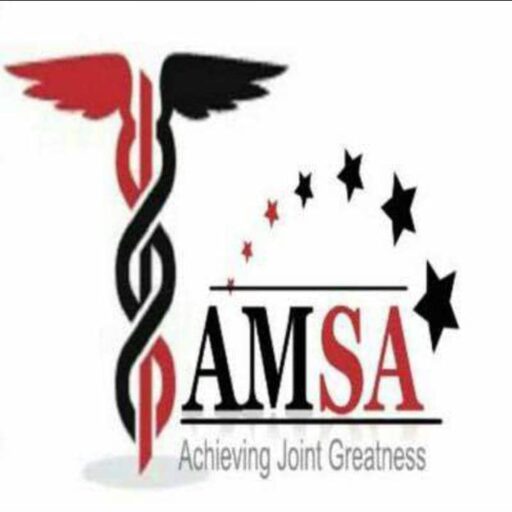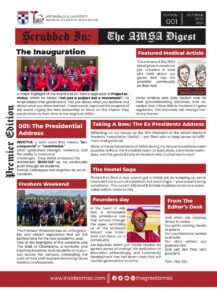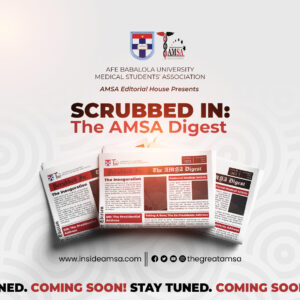The relationship between music and medicine may seem a little farfetched but, Leonardo Da Vinci once said “to develop a complete mind: study the science of art; study the art of science. Learn how to see. Realize that everything connects to everything else.”
Medicine is science, medicine is art, medicine is a symphony that when interrupted needs to be put back on track; medicine is a rhythm with beautiful transitions. There is music and medicine, music in medicine and music as medicine.
Music and medicine
Music and medicine have a relatively mutual relationship. “Relatively”, because it also has to do with the types of notes the music or sound entails and how it affects a person. Music is a way of life, music is a distraction, music is a weapon and music keeps us focused. Students worldwide use music to study. Some study with loud music while some find something soothing. A good number of students cannot read without music while to some, it’s a distraction. Some students may recognize any sort of sound as a distraction while studying with the exception of music. The dynamics of music, people, their nature and preferences is astonishing.
“EDITORIAL GIVEAWAY”
Music can be used to understand/learn how the brain (or sense organs) responds to different sound frequencies. An example is how the hair cells located in the basilar membrane of the cochlea respond to different types of sounds. As a result some songs might give you a headache while some will sound like a lullaby.
Music in medicine
Remember Newton’s first law of motion that states that every object will remain at rest or in uniform motion unless compelled to change its state by the action of an external force. That is the same way heart rate will be normal (uniform) until a song is heard, which either excites or demoralize the listener. There have been so many love songs about the heart but it’s actually all in your head.
A pianist plays by reading music sheets. When the notes are followed on the staff with the notes on a keyboard to play the C scale on a piano, it resembles the electrocardiogram (graphical representation of electrical activities of the heart) and how the waves correspond to different events of the cardiac cycle. This confirms that the heart is in a constant melody and our body is a symphony. It’s like an orchestra, from the brain waves to action potentials, blood supply, muscle contractions, and movements led by a conductor (the brain itself).
Music as medicine
Music is therapeutic. Many people rather listen to music than visit a therapist or talk to a friend. Music is used as an escape from reality which can either be positive or negative. As much as we believe that music is therapeutic, music can also contribute to depression. This all depends on so many factors but most importantly, the type of music. It’s as simple as listening to Drake’s Marvin’s room right after a heart break, which is just a recipe for disaster.
We exercise our muscles by going to the gym, playing sports etc. and we exercise our brain by studying, playing games and solving problems. Listening to music is a way of keeping our brains active; it provides a total brain workout. Music heals wounds that drugs can’t heal. Students use music as a stress relief. Music gives us hope and also motivates us.
There is a thin line between music and reality. It’s a two way bridge that takes you away and brings you back within seconds. The fundamentals of music and medicine are art and science which intertwine at different junctions; to either become one or differentiate. That is the art of science and the science of art.
SADIQ KABIR ABUBAKAR
300Lvl






This so beautiful.
Super! You might be able to earn more from writing than from medicine. Don’t drop it.
Daddy.